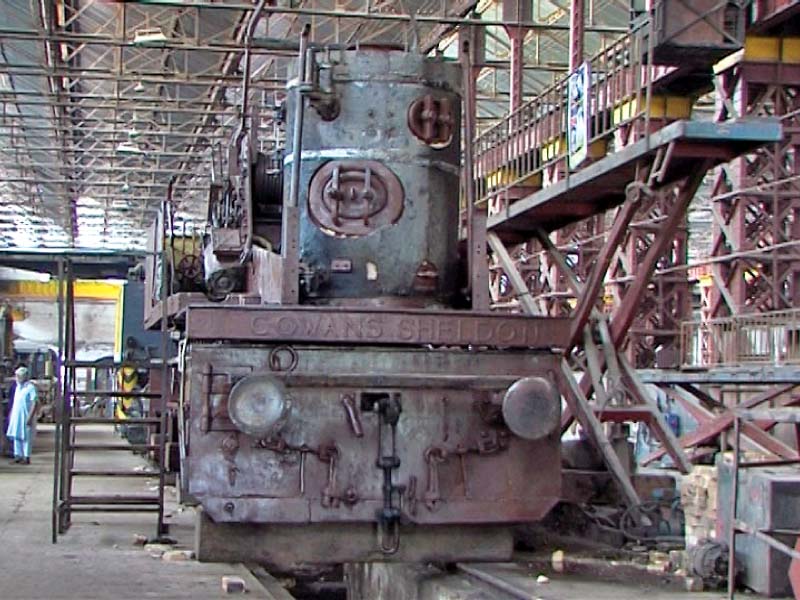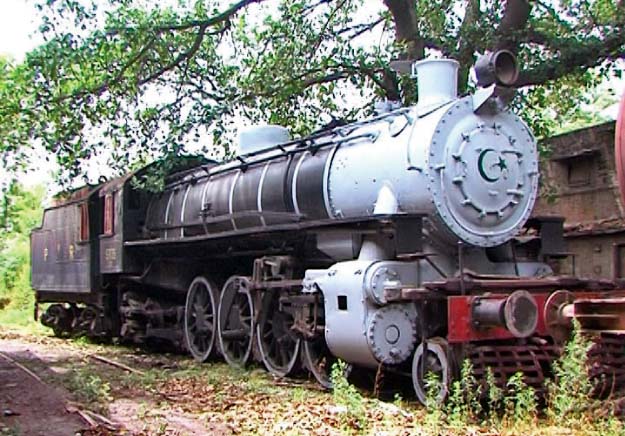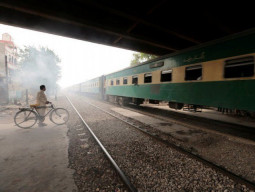
LAHORE: The image of a steam engine transports one back a couple centuries to the height of the Industrial Age. Perhaps no other invention so neatly captures the spirit of the epoch than the lumbering behemoths that ushered in the concept of speedy travel over long distances.
Here in Pakistan, the Pakistan Railways Mughalpura workshops continue to service and maintain steam locomotives from more than a century ago so that they are in running condition. More often than not, the work these workshops do entails rebuilding the entire engine from the ground up.
Talking to The Express Tribune, Railways Divisional Superintendent Ghulam Qasim said at present, four steam engines are undergoing restoration work at Mughalpura. “These engines were completely busted and useless. They were practically junk if not for their historic value,” he said.

“The workshops at Mughalpura are refurbished these engines using any and all means and resources available,” Qasim added. “As part of the restoration work, an oil fire box with the capacity to store eight tonnes of oil and 4,000 tonnes of water will be installed in these locomotives.”
According to the Railways official, the plan is to use these engines for promotion of tourism. “Two of these, which will be fully refurbished shortly, will be handed over to Railways authorities in the Rawalpindi Division,” he said. “One will be run on the Rawalpindi to Taxila route and the other will run from Lahore to Changa Manga for the benefit of tourists.”
He added that the other two engines still require considerably more work and will require more time to be ready for service.

Steam-powered Pakistan
When Pakistan gained independence, it inherited 300 steam locomotives from the British authorities of the Subcontinent. The engines, which used coal to produce steam, were operated in their original condition till 1953, Railways sources said.
That year, India suspended the supply of coal to Pakistan, necessitating a modification to the locomotives so that they could be run using alternate fuel sources. It was decided that the steam engines would be retrofitted with an oil fire box instead of the coal fire box. The upgrade works were carried out at the Mughalpura workshops.
With the new oil fire boxes installed, these steam locomotives would serve Pakistan Railways for decades to come. The engines were run on main and branch railway tracks from Karachi to Khyber Agency till 1988, when they were phased out from mainstream use.
Despite this, the engines were still used on various routes in Khyber-Pakhtunkhwa and Balochistan, and were only taken out of service completely after the Landi Kotal bridge broke down.
Published in The Express Tribune, July 18th, 2019.





















1713281138-0/US-Treasury-Secretary-Janet-Yellen-(2)1713281138-0-270x192.webp)





















COMMENTS
Comments are moderated and generally will be posted if they are on-topic and not abusive.
For more information, please see our Comments FAQ